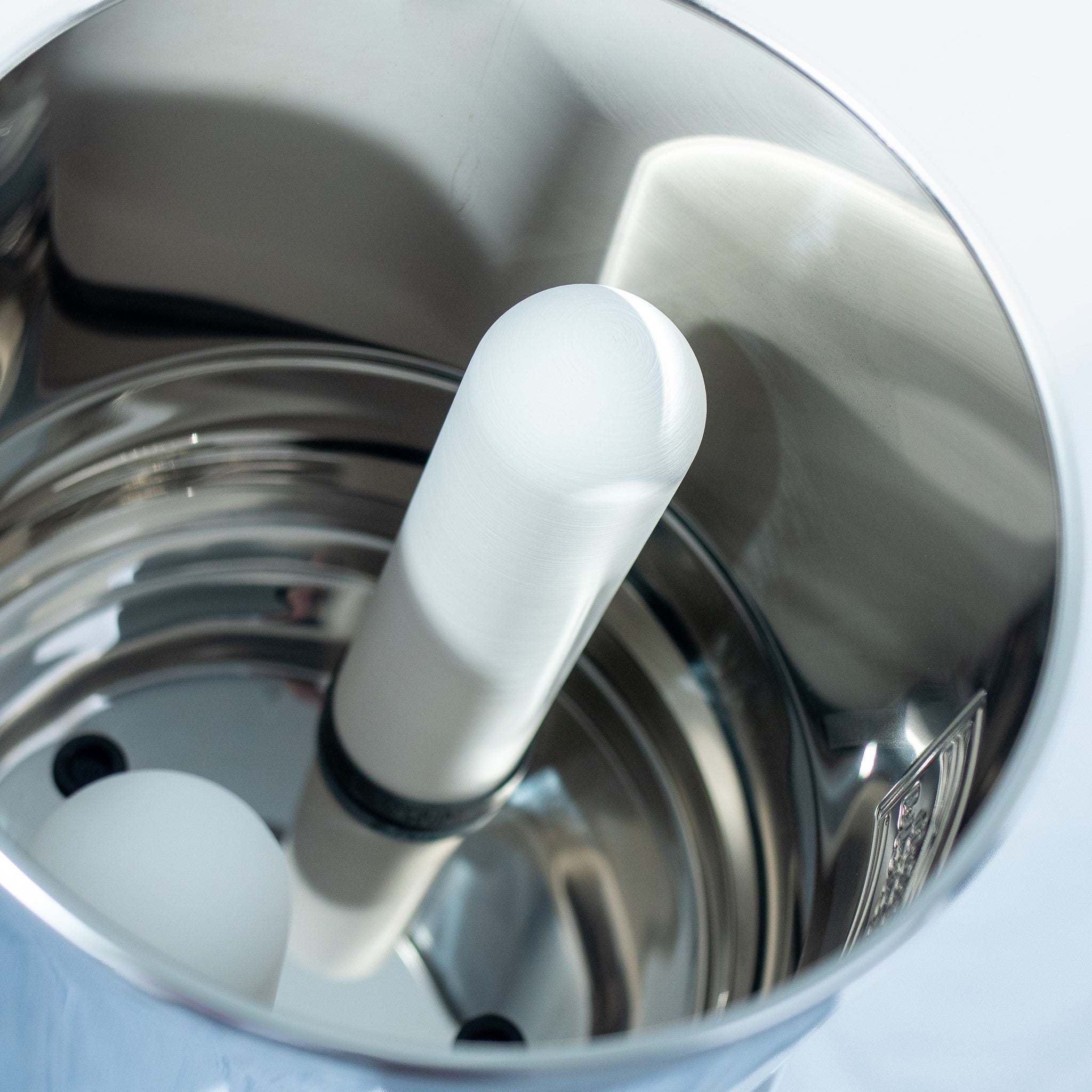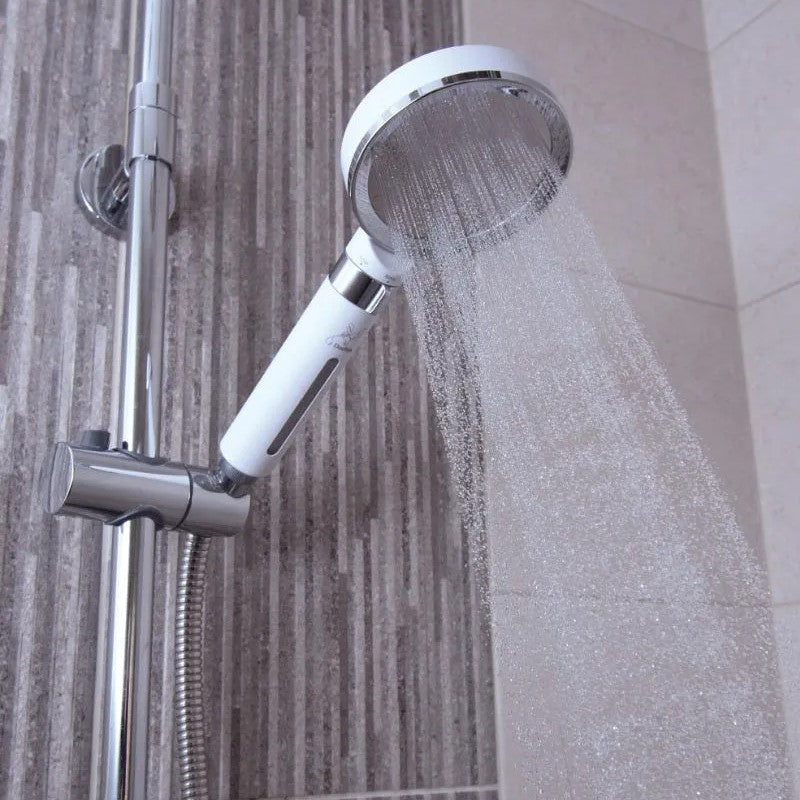Often with a long way to travel from source to tap, drinking water has chemicals such as chlorine and chloramine added as a disinfectant to remove harmful bacteria.
While the importance of water is kept clean as it moves through these communities of pipework is without doubt, do we really need to be consuming those chemicals once the water has reached the kitchen tap?
Why is Chlorine added to water?
Chlorine is a powerful disinfectant and it is in this capacity that it is added to drinking water - and has been for more than 100 years.
Added at the treatment stage it destroys harmful bacteria found in reservoirs, and water storage units, in particular when it could cause dysentery, cholera or typhoid.
As a catch-all chlorine is relied upon to stop the disease spreading through drinking water.
What is Chloramine?
Water companies also use chloramine as a disinfectant to reduce drinking water microbes. Chloramine is created when chlorine and then ammonia are added to the supply, combining to create chloramine.
Very similar to Chlorine, it is also a highly effective and long-lasting disinfectant, however, it has been found to create fewer potentially harmful by-products.
Is there a health risk from drinking chlorinated water?
Concerns have been raised about the impact of chlorine on drinking water. The most serious is that if it reacts with organic matter, chlorine can create trihalomethanes(THMs) as a disinfection by-product.
If ingested over a long-term period, THMs have been linked with cancer and are classed as "possibly carcinogenic". It has also been suggested that THMs could have an impact on pregnancy outcomes in rare cases.
Some water companies have moved towards using chloramine to disinfect water claiming much lower levels of THMs are created. However, that fact is disputed by some critics, who are also concerned that chloramine remains in water when it is exposed to air - unlike chlorine.
How chlorine/ chloramine affects the taste of water
The most obvious impact of the presence of chlorine in drinking water is on smell and taste. Yes, if it tastes and smells chlorinated, it'll be germ-free but is that the quality of water most households want, and is there anything consumers can do to improve the taste of their drinking water?
As well as the chemical being present itself, dead microbes can remain in drinking water once the chlorine has destroyed them, which can also cause an unpleasant taste.
Use a filter to improve your drinking water
Using a water filter will help to reduce the chlorine in drinking water once it has served its purpose in making a safe delivery. By using an integrated using Doulton ceramic technology families can enjoy clean, fresh water, free of a chemical taste - and of the majority of chemical contaminants.
While the benefits of chlorinating water outweigh concerns about water-borne disease, consumers can take action to protect themselves against residual risks. Doulton water filters remove up to 99.99% of contaminants to deliver top quality drinking water.
Why take any chances with your health, remove unwanted chemicals from your drinking water using Doulton's time-tested ceramic filters - and enjoy better-tasting water.










